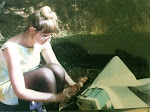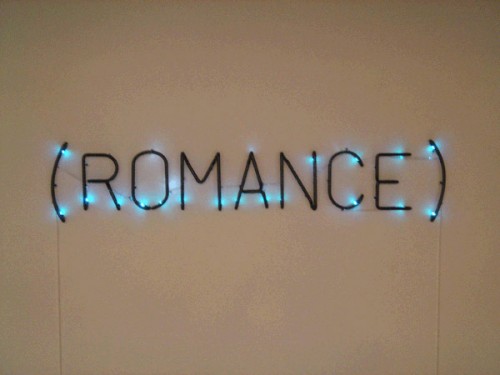
Art in Europe has been a little hit and miss. Some things which I have been dying to see turn out to be overrun with american tourists and screaming children. Other places, that i find after a bit of research, always turn out to be fantastic. Thats what happened today at the MACBA in downtown gothic Barcelona. Within the depths of the collection i found a little gem, Sanja Ivekovic.
Sanja's works are dated. Her photographic compositions sit in a space which can be absoletely no other time period than 1975. As the protagonist of the story that she tells, she places her body at the centre of particular daily struggles. Alone these works would be interesting, but not particularly potent. They would look at issues of femininity, identity and also the social an political issues of being a woman, specifically in the 70's. What Sanja has done, however is put these photographs into dialogue with fashion advertising posters to create a void which sits between the hyper-reality of the ad and the realism of daily life.
Double life, a series of 62 pairs of these photographs draws on the paralels between how the media portrays us and how we really are. The void is very deep in places, but is also very shallow. The women portrayed in the advertisments are beautiful, posed and manipulated (in many ways). The activities that they are undertaking seem natural, that is until you juxtopose them with the image of Ivekovc, at which point you realise that they are plastic masquerading as flesh.
The photos are posed too, they are a recreation of the posed model. How post modern, a recreation of a recreation of life and its hard to tell what is closer to reality (and indeed what is closer to art?). Somehow Ivekovic's photos have a freedom that the ad's don't have. There is a sense of life beyond the moment within her compositions. As if the weren't posed. The essay draws associations to the public vs the private, Sanja has let us into a private part of her life that the ad's can only falsely attempt to recreate.
These images are glamorous. Maybe it is out of some kind of romantic nostagia for the recent past (the era in which my mum grew up). The advertisements themselves, of course, are supposed to glamorous- they are meant to make us desire what is is that the model has. The images of real life seem to draw me to a different place, the want to experience the culture of a time. Of an Artist in the 70's.
The parallels between these pairings also draws the question of influence. Are the poses that the media has created poses that are supposed to represent femininity, or are they what has created it. The marketing department (men?) has constructed ideas of femininity that through the relentless assault of imagery has lent to forming a culture of glamour.



No comments:
Post a Comment